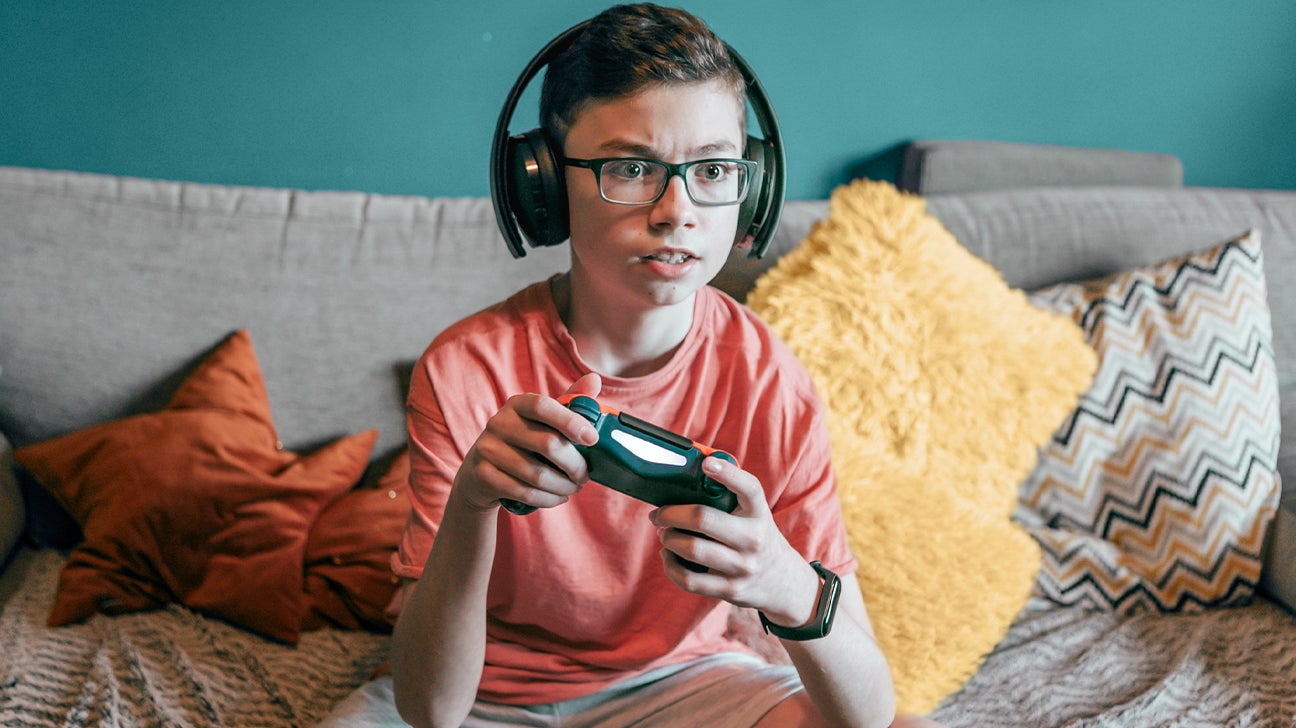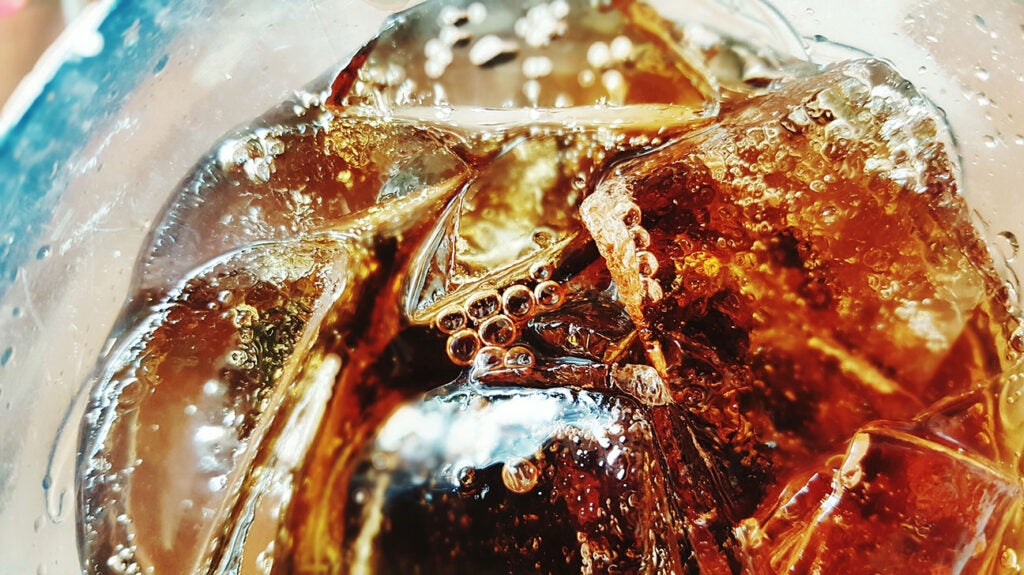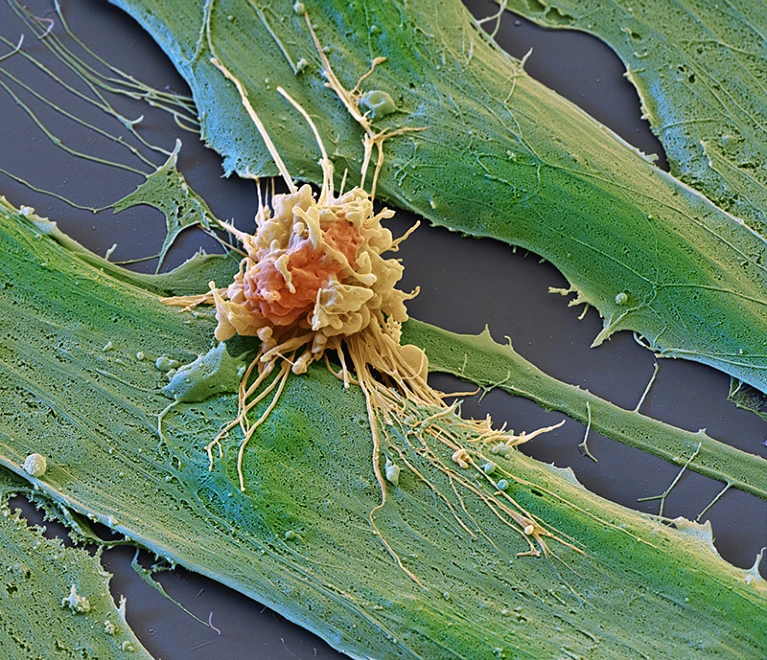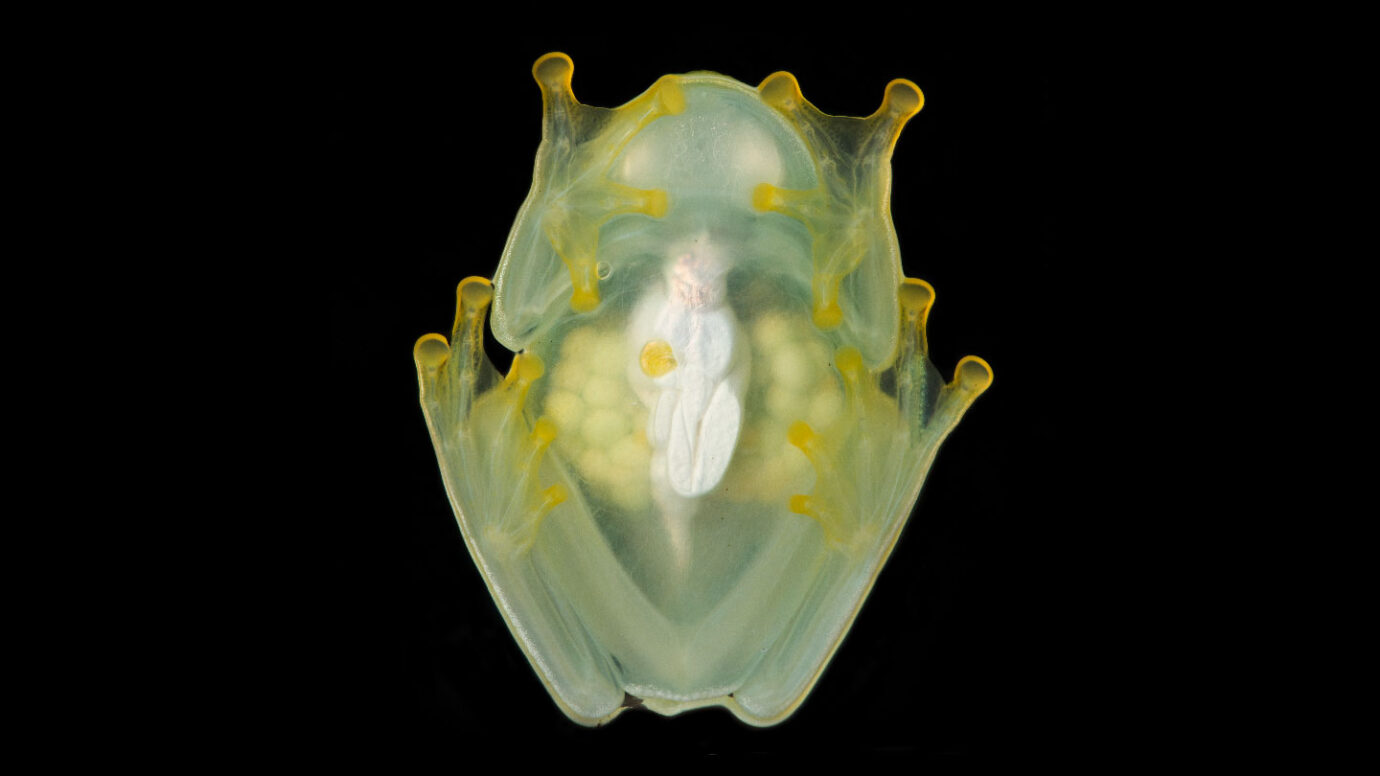OCD and Kids: Video Games, Screen Time Linked to Compulsive Behavior
強迫症與兒童:電子遊戲、屏幕時間與強迫行為之間的關係
Health
A new study published in the Journal of Adolescent Health reports that for preteens, the amount of screen time that they engaged in was linked with future development of obsessive-compulsive disorder (OCD). In fact, study lead author Dr. Jason Nagata, an Assistant Professor of Pediatrics in the Division of Adolescent and Young Adult Medicine at the University of California San Francisco, said that every hour of playing video games per day increased the odds that a child would develop OCD by 15%. Every additional hour per day of watching videos, such as on YouTube, also increased the odds by 11%. According to the report, OCD is a mental disorder in which a person has recurring and intrusive thoughts and feels compelled to perform certain repetitive behaviors. The study authors note that OCD can have severely debilitating effects that last into a person’s adult life.
--from Healthline
《青少年健康雜誌》新發表的一篇研究報告顯示,青春期前的孩童觀看螢幕的時間長短會影響未來強迫症 (obsessive-compulsive disorder, OCD) 發展。該研究的主要作者加州大學舊金山分校的青少年與青年醫學部兒科助理教授Jason Nagata說明,事實上每天玩電子遊戲會每小時提升15%強迫症發展的機率。每天多看YouTube等影片1小時,其機率也會提高11%。根據該報告,強迫症是一種精神障礙,在這種精神障礙中,患者會反復出現侵入性思維,並感到被迫進行某些重複性行為。研究作者指出,強迫症會對患者的成年生活產生嚴重的精神耗損。
--摘錄翻譯自Healthline
Artificial sweetener aspartame linked to anxiety, mice study finds
小鼠研究發現人工甜味劑阿斯巴甜與焦慮有關
Health
Aspartame is a widely consumed artificial sweetener found in thousands of drinks and food products globally. A great deal of research has investigated its safety and effects. A new study from researchers at Florida State University investigates the potential effect of aspartame on anxiety. The researchers found that mice that consumed aspartame began exhibiting anxiety-like behavior afterward and experienced changes in the expression of genes in the amygdala. The amygdala is a part of the brain associated with regulating anxiety and fear.
--from Medical News Today
阿斯巴甜(aspartame)是一種被廣泛使用的人造甜味劑,可以在全球數以千計的飲料與食品中找到它。有大量的調查研究其食用的安全性與效果。佛羅里達州立大學研究人員一項新的研究調查了阿斯巴甜對焦慮的潛在影響。研究人員發現,食用阿斯巴甜的老鼠隨後開始表現出類似焦慮的行為,其大腦杏仁核的基因表現經歷了變化。杏仁核是大腦調節焦慮和恐懼相關的器官。
--摘錄翻譯自Medical News Today
Is Santa Claus buried in Ireland?
聖誕老人真的葬在愛爾蘭嗎?
Culture
Just a 20-minute drive south from the town of Kilkenny, Ireland, an abandoned medieval village is rumored to harbor a mysterious Christmas legend. Before he became a saint, Nicholas was an orphaned boy born in the ancient Roman city of Patara who gave his inheritance to the "needy, the sick and the poor", according to Vatican News. Yet, the exact location of St Nicholas' body today continues to puzzle scholars.
--from BBC Travel
距離愛爾蘭基爾肯尼鎮以南僅 20 分鐘車程處,一座廢棄的中世紀村莊據傳蘊藏著一個神秘的聖誕傳說。據《梵蒂岡新聞》報導,在成為聖人之前,尼古拉斯(聖誕老人的原型)是一名出生在古羅馬城市帕塔拉的孤兒,他將自己的遺產傳給了「有需要的人、病人和窮人」。然而,聖尼古拉斯遺體的確切位置直至今日仍令學者們困惑。
--摘錄翻譯自BBC Travel
Lionel Messi named BBC Sports Personality's World Sport Star of the Year
萊昂內爾·梅西被BBC體育名人評為年度世界體育明星
Culture
Messi, 35, led Argentina to their first World Cup triumph in 36 years in Qatar. The former Barcelona star is widely acknowledged as one of the greatest footballers of all-time. "It's everyone's dream when they're little. I've been lucky enough to achieve everything and what I was missing, I found here," Messi said after lifting the World Cup on Sunday.
--from BBC Sport
35歲的梅西帶領阿根廷隊在卡達贏得該隊睽違36年的世界杯冠軍。這位前巴塞隆納隊員被公認為有史以來最偉大的足球運動員之一。梅西在舉起世界盃獎後表示:「這是每個人從小到大的夢想。我很幸運能夠實現一切,我在這裡找到了我缺少的東西。」。
--摘錄翻譯自BBC Sport
Cancer treatments boosted by immune-cell hacking
利用免疫細胞的駭客攻擊來提升癌症治療
Sciences
Elaborately engineered immune cells can not only recognize cancer cells, but also evade defences that tumours use to fend off attacks, researchers have found. Two studies published on December 20th in Science build on the success of chimeric antigen receptor (CAR)-T cancer therapies, which use genetically altered T cells to seek out tumours and mark them for destruction. These treatments have the potential to lead to long-lasting remission, but are not successful for everyone, and have so far been effective against only a small number of cancers. To bolster the power of CAR-T therapies, researchers have further engineered the cells to contain switches that allow control over when and where the cells are active. The hacked cells produce a protein that stimulates T cells, to counteract immunosuppressive signals that are often released by tumours.
--from Nature news
研究人員發現,精心打造的免疫細胞不僅可以辨識癌細胞,還可以躲開腫瘤用以抵擋攻擊的防禦。12月20日發表在《科學》雜誌上的兩項研究,以嵌合抗原受體 (CAR)-T細胞癌症療法的成功為基礎,該療法使用經過基因改造的T細胞來找出腫瘤並標記它們以進行破壞。這些治療具有導入長期緩解的可能性,但並非對每個人都奏效,而迄今僅對少數癌症有效。為了增強CAR-T療法的效力,研究人員更進一步改造了細胞,納入可以控制細胞活躍的時間及地點的開關。被侵入的細胞會產生一種蛋白質來刺激T細胞,以抵消經常由腫瘤釋放的免疫抑制信號。
--摘錄翻譯自Nature news
Sleeping glass frogs hide by storing most of their blood in their liver
熟睡的玻璃蛙透過將大部分血液儲存在肝臟中把自身隱藏起來
Sciences
As tiny glass frogs fall asleep for the day, they take almost 90 percent of their red blood cells out of circulation. The colorful cells cram into hideaway pockets inside the frog liver, which disguises the cells behind a mirrorlike surface, a new study finds. Biologists have known that glass frog have translucent skin, but temporarily hiding bold red blood brings a new twist to vertebrate camouflage.
—from ScienceNews
當小玻璃蛙(glass frog)結束了一天的活動進入睡眠時,它們體內近90%的紅血球細胞將會停止循環。一項新的研究發現,有色細胞會擠入玻璃蛙肝臟的隱蔽口袋內,這些細胞會隱藏在鏡面般的器官外層下。生物學家已知玻璃蛙擁有半透明的表皮,但能夠暫時性地把鮮紅色的血液隱藏起來的這項新發現為脊椎動物的偽裝學帶來了新的變化。
—節錄翻譯自ScienceNews
